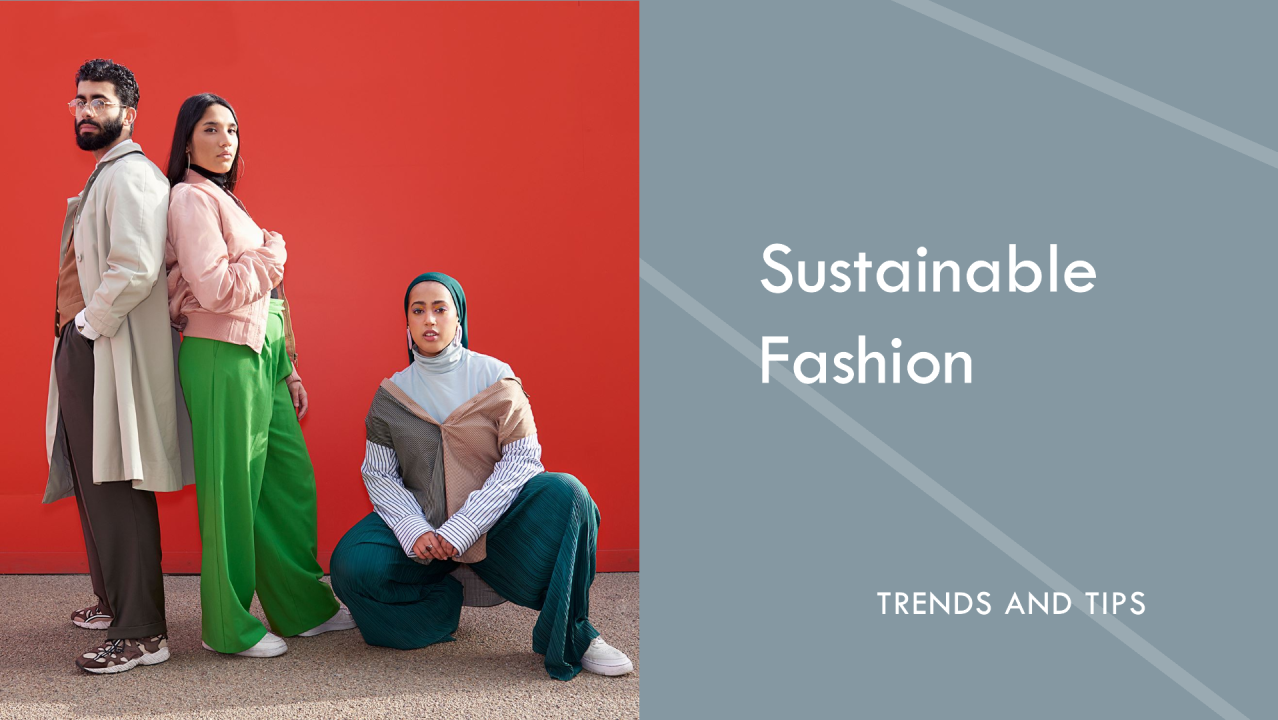The global fashion industry is undergoing a transformative shift as sustainable and ethical practices gain prominence. Consumers, brands, and governments are increasingly recognizing the environmental and social costs of fast fashion. Across the world, diverse cultures and innovative technologies are driving the sustainable fashion movement. This article explores global practices and trends shaping the future of fashion.
Europe: Leading the Way in Sustainable Innovation
Europe has been at the forefront of sustainable fashion, with many countries adopting policies and practices that prioritize environmental and social responsibility. Scandinavian nations like Sweden and Denmark are known for their minimalist designs and eco-friendly materials. Brands such as H&M Conscious and GANNI are integrating recycled fabrics and sustainable production processes.
Italy and France, famous for their luxury fashion houses, are also embracing sustainability. High-end brands like Gucci and Stella McCartney are committing to carbon neutrality and using alternative materials like plant-based leather. The European Union’s Green Deal further incentivizes sustainable practices, including circular fashion and textile recycling initiatives.
Asia: Reviving Traditional Practices
Asia, home to ancient textile traditions, is experiencing a revival of sustainable practices rooted in cultural heritage. In India, artisans are returning to organic cotton and handwoven fabrics like khadi. The country’s slow fashion movement emphasizes fair wages and low environmental impact.
Japan combines tradition with innovation. Brands like Issey Miyake focus on zero-waste patterns, while Japan’s “kintsugi” philosophy—repairing rather than discarding—inspires sustainable consumer behavior. Similarly, Southeast Asian countries like Thailand and Indonesia promote natural dyes and locally sourced materials in their designs.
North America: Technology and Advocacy
In North America, technology is a key driver of sustainable fashion. Brands like Everlane and Patagonia set benchmarks for transparency in supply chains and environmental stewardship. Digital tools such as blockchain are being used to trace the origins of fabrics, ensuring ethical sourcing.
The rise of resale platforms like ThredUp and Poshmark reflects growing consumer interest in second-hand fashion. Additionally, sustainability advocates in the United States and Canada are influencing legislation to hold brands accountable for their environmental impact.
Africa: Empowering Artisans and Communities
African nations are making strides in sustainable fashion by blending traditional craftsmanship with modern designs. Countries like Ghana and Nigeria are known for their vibrant prints and handmade textiles. Brands like Studio One Eighty Nine and Tongoro empower local artisans, promoting fair trade and reducing waste.
Recycling and upcycling are integral to African fashion. Designers repurpose discarded materials into high-quality products, addressing both environmental and economic challenges. Initiatives like the Ethical Fashion Initiative support these efforts by connecting African artisans with global markets.
Latin America: Embracing Circular Fashion
In Latin America, sustainable fashion is deeply connected to indigenous knowledge and practices. Countries like Peru and Bolivia are renowned for their alpaca wool, sourced and processed using eco-friendly methods. Brands like Pachacuti champion ethical production, preserving traditional weaving techniques.
Circular fashion is gaining traction in the region. Designers are repurposing materials like denim and plastic into new garments, promoting a zero-waste ethos. Collaborations between local artisans and international brands are bringing Latin American sustainable fashion to a global audience.
Global Trends in Sustainable Fashion
Several trends are shaping sustainable fashion across the world:
- Circular Economy: Recycling and upcycling materials to extend the lifecycle of garments are becoming mainstream.
- Eco-Friendly Materials: Innovations like mushroom leather, hemp, and recycled polyester are replacing traditional, resource-intensive fabrics.
- Fashion Rentals: Services like Rent the Runway and MyWardrobeHQ are making it easier for consumers to access luxury fashion without owning items.
- Consumer Awareness: Shoppers are increasingly prioritizing sustainability, driving demand for ethical brands and transparency.
- Collaboration: Partnerships between global organizations, governments, and local communities are accelerating the adoption of sustainable practices.
Conclusion
Sustainable fashion is a dynamic and diverse movement, with practices and trends varying across regions. From Europe’s innovative policies to Asia’s revival of traditions, every part of the world contributes uniquely to this global shift. By embracing sustainable practices, consumers and brands can reduce the environmental footprint of fashion and foster a more equitable industry. Together, these efforts are paving the way for a future where style meets sustainability.




